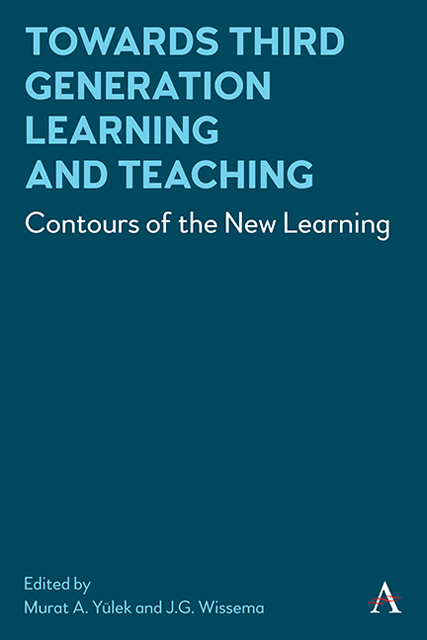Chapter 2 - Learning in Perspective—A Brief History of the Brain and Learning Sciences
Published online by Cambridge University Press: 10 January 2023
Summary
Introduction
The Mind, Brain Sciences and The Learning Sciences (in short Brain Learning Sciences (BLS), which is the later usage of concept respectively for separate studies), both developed very recently as interdisciplinary and multidisciplinary fields made up of education, psychology, neuroeducation, biology, science of the mind, brain and education (Sawyer, 2005; OECD, 2007; Lee 2018). The BLS aims at fostering understanding, instruction and learning. The BLS attempts to support effective learning and teaching environments by focusing on instructional, technological and social policy innovations and the course design at every level (Ferrari & McBride, 2011; Lee, 2018). The BLS highlights working on effective teaching and training, the improvement of learning environments, the development of new software and effective school administration. The BLS provides information about cognition, effective course design and socio-cultural settings that are essential for effective teaching and learning in formal and informal schooling. The BLS promotes the research and theory in cognition, learning sciences, socio-cultural context and course design (AECT, 2018). It aims to inform about the processes of teaching and learning, as well as scientific models of the structures for maintaining essential knowledge, understanding and skills when necessary. The BLS also addresses the socio-cultural basis of learning and scrutinizes the socio-cultural dynamics of learning and teaching. The field is based on learning and teaching not only with a particular focus on classrooms and schools but also on activities outside schools and informal learning settings such as museums, corporations and homes. The BLS has pointed out the need for new approaches for course design as well as building new environments such as infusing multimedia, AI and computer networks into learning and teaching, creating innovative curriculum and classroom activities for effective teaching. The BLS attempts to bring together interdisciplinary areas such as educational psychology, curriculum and instruction, with educational technology and research. Within this framework, it is aimed to clarify the differences between the BLS and educational sciences to create a history of the BLS. The field engages in analyzing learning, technology and instructional design. Therefore, there is a common misunderstanding regarding these fields that composes the BLS (Hoadley & Van Haneghan, 2011). The history of the BLS dates back about 30 years.
- Type
- Chapter
- Information
- Towards Third Generation Learning and TeachingContours of the New Learning, pp. 15 - 32Publisher: Anthem PressPrint publication year: 2022

